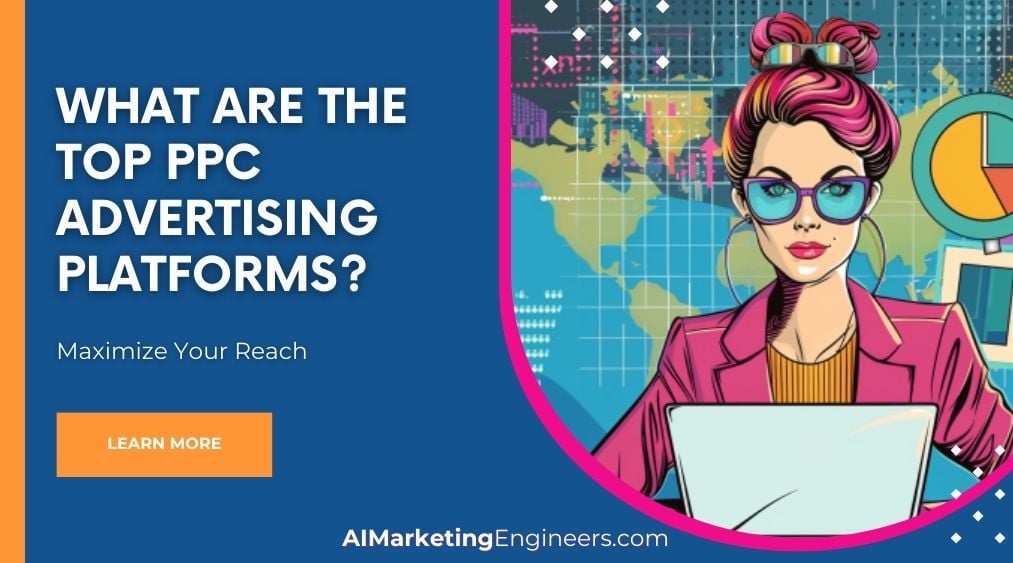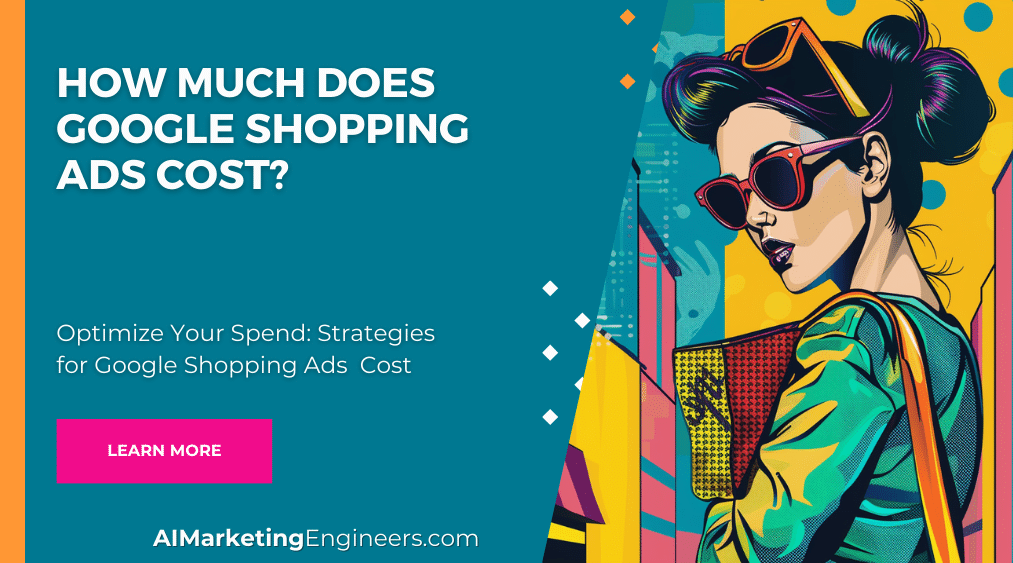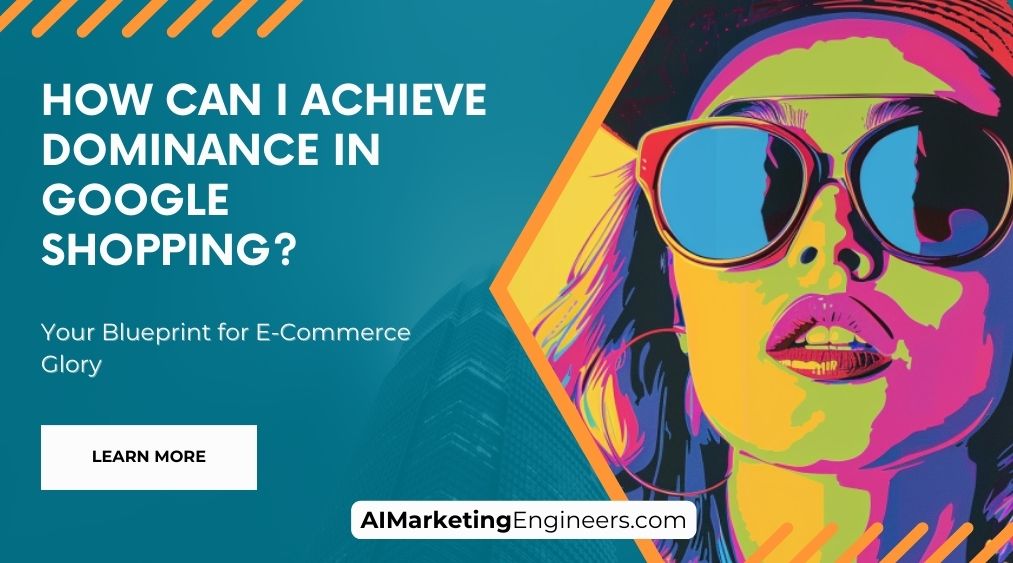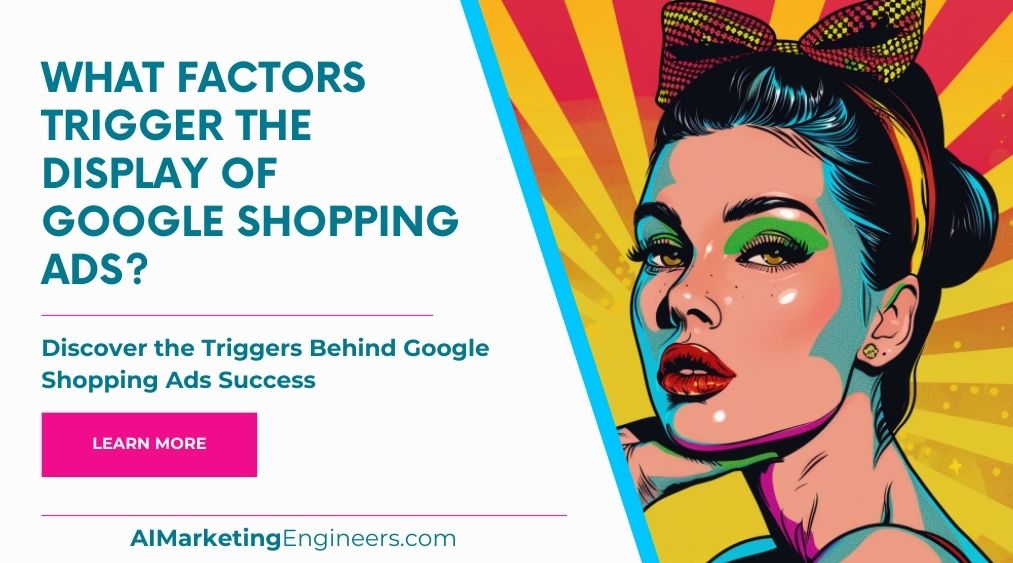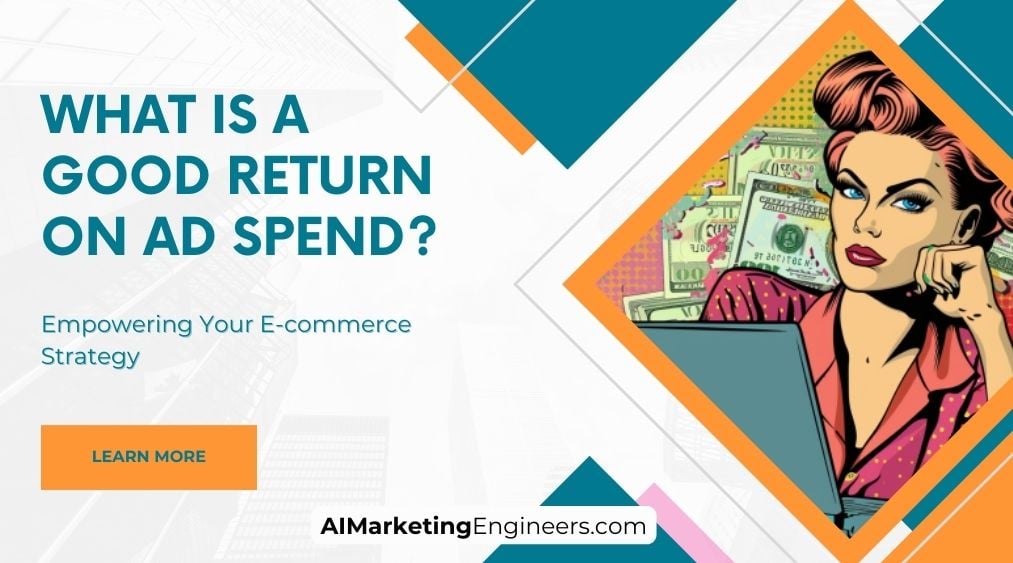Key Takeaways
✅ Diversify Your PPC Strategy: Statistics reveal that advertisers who diversify across platforms see an average increase in ROI of 35%. Embrace multiple PPC platforms such as Google Ads and Facebook Ads to enhance your visibility and conversion opportunities. Prioritize platform selection based on audience behavior and budget alignment.
✅ Leverage Audience Targeting and Remarketing: Utilizing audience targeting can boost ad relevancy, with businesses experiencing up to a 200% lift in conversion rates. Remarketing tools further increases efficiency, allowing you to re-engage visitors who have previously shown interest in your products or services.
✅ Monitor and Optimize Campaigns: Data indicates that regular optimization can lead to a 53% improvement in performance. Continuously track and fine-tune each campaign based on analytics like CTR and CPC, and keep testing various elements to ensure the maximum impact of your PPC efforts.

Introduction
Are you tapping into the full potential of PPC advertising? In a digitally-driven market, harnessing the power of top PPC platforms is instrumental for any business aiming to amplify its online presence swiftly and effectively. At the heart of a successful digital marketing strategy, PPC offers a direct route to your target audience, demanding immediate attention in the crowded online space.
This article peels back the curtain on the ecommerce galaxy, revealing the stellar platforms that should be on your radar. From the giants like Google and Facebook to the specialized arenas of LinkedIn and Twitter, every platform offers unique avenues for revenue and ROI enhancement. We'll navigate through the complexities of each platform, ensuring you're equipped to leverage their strengths for your business's exponential growth.
Stay tuned as we unravel actionable insights and unveil groundbreaking strategies that could be the quantum leap in your advertising journey. Prepare to skyrocket your ROI, engage with cutting-edge trends, and discover how your business can thrive in the dynamic world of PPC advertising.
Top Statistics
| Statistic | Insight |
|---|---|
| Global PPC ad spend: Estimated at $378 billion in 2020, with a growth rate of 6% in 2021. (Source: Statista) | An indicator of the sheer size and growth potential of the PPC market, useful for strategic budget allocation among competitive advertisers. |
| Google Ads dominance: Google commands a 92% share of the global search engine market, as of Q4 2020. (Sources: StatCounter, Oberlo) | This statistic affirms Google Ads as the uncontested leader in PPC, which is where advertisers can capture the widest possible audience. |
| Facebook Ads popularity: Accounts for 23.8% of the total U.S. digital ad spend in 2021. (Source: eMarketer) | Reflects the ubiquity of Facebook Ads and the platform's potential to reach a diverse consumer base for businesses looking to expand their online presence. |
| Amazon Advertising growth: Estimated U.S. ad revenue of $11.33 billion in 2020, up 40% from previous year. (Source: eMarketer) | Amazon's surging ad revenue showcases the growing importance of integrating PPC strategies in e-commerce and retail. |
| Mobile PPC trends: 68% of Google Ads clicks came from mobile devices in 2021. (Source: Statista) | Underscores the critical need for advertisers to optimize for mobile, aiming to capture a significant share of the on-the-go audience. |
Pay-Per-Click
Pay-Per-Click (PPC) advertising stands as a cornerstone of digital marketing strategies, tailor-made for businesses aiming to catapult their online visibility. PPC campaigns not only ensure immediate exposure to targeted demographics but also grant the power to control costs and measure success meticulously. With each click signifying a direct interest in your product or service, PPC forms a crucial bridge between consumer intent and your online offerings.
Google Ads
Recognized as a premier PPC advertising platform, Google Ads serves as the go-to avenue for a majority of digital marketers. It spans a rich terrain of ad formats, including search, display, video, shopping, and app campaigns, allowing businesses to shine in varied contexts across the internet. Utilizing advanced targeting options, automated bidding, and analytics, marketers can refine campaigns to unparalleled precision, ensuring the right eyes see their ads at the opportune moment.
Facebook Ads
Facebook Ads harness an extensive pool of users, cutting across countless demographics, geographies, and content preferences. It presents a versatile array of ad types such as image ads, video ads, carousel ads, and collection ads, designed to engage users in the environs of their social activities. With robust retargeting capabilities, the opportunity to create custom audiences, and an increasingly synergistic relationship with Instagram, the platform empowers advertisers to cast a wide yet personalized net across social media.

LinkedIn Ads
With a lens finely adjusted to B2B markets, LinkedIn Ads offers pinpoint accuracy in reaching professionals and decision-makers within various industries. Advertisers can leverage sponsored InMail, text ads, dynamic ads, and lead generation forms to effectively cultivate professional relationships and capture high-quality leads. Key to its prowess is the layered targeting by job title, company size, and industry, enabling a strategic allocation of advertising resources towards the most receptive professional audiences.
Twitter Ads
In the pulsating realm of Twitter, ads unfold in the midst of trending conversations and breaking news. Twitter Ads extend beyond straightforward promotions, offering promoted tweets, promoted trends, and promoted accounts, which tie into the dynamic tapestry of global discourse. The platform champions the strategic use of hashtags and timely content, opening doors for advertisers to inject relevance and immediacy into their campaigns, forging real-time connections with a highly engaged audience.
Microsoft Advertising (formerly Bing Ads)
Expanding the boundaries of PPC beyond Google's ecosystem, Microsoft Advertising integrates your presence into the search environments of both Bing and Yahoo. With a generally lower CPC compared to Google Ads, it complements and diversifies your advertising strategy, ensuring a wider digital footprint. Additionally, the seamless integration with LinkedIn targeting deepens the targeting capabilities, allowing for a nuanced approach to reaching professional demographics, particularly in markets where Bing holds a substantial search share.

Navigating PPC Platforms
Navigating the diverse landscape of PPC platforms is pivotal to maximize your online presence. The above platforms each come with distinct features that cater to specific objectives and audiences. By strategically employing these platforms in your marketing mix and committing to continuous optimization and testing, businesses can efficiently amplify their reach, harvest actionable insights from performance data, and optimize advertising ROI. The digital terrain is ever-changing; staying abreast of platform updates, advertising trends, and emerging technologies will keep your brand at the forefront of this dynamic marketplace.
Inspirational Quotes
1. "PPC is at the heart of online marketing. It provides the quickest way to test keywords, ad copy, and landing pages. The beauty of PPC is that however small your budget, you can still be found." - Melissa Mackey
Reflecting on this sage advice from Melissa Mackey, we see the undeniable power of PPC. It's not just about visibility; it's a laboratory for experimentation and refinement. No matter the size of your venture, PPC levels the playing field, allowing you to vie for the spotlight and glean invaluable insights at the same speed as industry titans. Embrace it, and watch your online presence flourish.
2. "The most successful brands on Google aren’t just focused on PPC; they’re thinking about how to integrate search into their overall strategy across channels and throughout the customer journey." - Jerry Dischler
Jerry Dischler brings to light the holistic essence of PPC; it's not a silo, but a synergistic component of a grander scheme. This potent reminder encourages us to think of PPC as a versatile tool that complements and strengthens our overarching ambitions. It's about crafting a narrative that interweaves search strategies with the fabric of brand experiences, inviting customers on a journey that feels both cohesive and captivating.
3. "In the world of PPC advertising, the top platforms have become more sophisticated at helping marketers reach consumers across devices and formats, including video, mobile apps, and social media. As we move forward, AI and machine learning will continue to play a larger role in optimizing campaign effectiveness." - Susan Wojcicki
Susan Wojcicki offers us a glimpse into the transformative nature of PPC from a vantage point infused with foresight. The melding of high-tech advancements like AI and machine learning with the finesse of human creativity heralds a new era in advertising precision. As we stand at the precipice of innovation, our toolkit grows exponentially, promising campaigns that are not just effective, but eerily intuitive and powerfully resonant with our target audience.

AI Marketing Engineers Recommendation
Recommendation 1: Prioritize Google Ads for Maximum Reach and Advanced Targeting: Leverage the dominance of Google Ads, as it holds the largest share of the search engine market. The latest data reveals that Google processes over 5.6 billion searches per day, offering unparalleled visibility to advertisers. Use its sophisticated targeting options, such as in-market and affinity audiences, to reach potential customers with high precision. Optimize campaigns with conversion tracking and smart bidding to maximize ROI.
Recommendation 2: Diversify Ad Spend with Facebook and Instagram for Enhanced Engagement: With the rising trend of social commerce, allocating a portion of your PPC spend to Facebook and Instagram Ads can significantly boost engagement and conversions. These platforms boast advanced demographic and behavior targeting, allowing businesses to tap into a user base of over 3.5 billion active users across Meta platforms. Embrace ad formats that incorporate video and user interactivity to stand out in crowded feeds.
Recommendation 3: Explore Amazon Advertising for Direct Consumer Product Visibility: If you're retailing products online, take advantage of Amazon's PPC platform to position your offerings at the critical moment of purchase intention. Amazon has more than 300 million active customer accounts, with high intent to buy. Utilize Sponsored Products and Brands to improve product visibility, employ keyword-targeted campaigns, and capitalize on Amazon's rich shopping insights to refine your advertising strategies for e-commerce success.

Conclusion
In the ever-evolving terrain of digital marketing, PPC advertising stands as a beacon for businesses aiming to maximize their online presence rapidly and with precision. Each platform we've explored—Google Ads, Facebook Ads, LinkedIn Ads, Twitter Ads, and Microsoft Advertising—offers a unique arsenal for targeting, engaging, and converting your desired audience.
With Google Ads at the helm, offering unparalleled reach via its varied campaign options and insightful analytics, advertisers harness the power to carve out significant space in the competitive digital marketplace. Facebook Ads further expand this territory, providing access to a diverse, worldwide audience and sophisticated tools for re-targeting and audience customization. The platform's cohesion with Instagram magnifies this potential, creating a social media powerhouse for ad campaigns.
LinkedIn Ads approach the field with a laser focus on professional targeting, syncing perfectly with B2B strategies and high-value networking opportunities. Advertisers can leverage this platform for direct engagement with decision-makers across various industries. Meanwhile, the immediacy of Twitter Ads taps into the pulse of current events and trends, driving brand relevance and engagement through timely and focused conversational marketing.
Lastly, Microsoft Advertising emerges as the strategic underdog, offering cost-effective alternatives to Google and seamless integration with LinkedIn that can invigorate your PPC approach.
The digital market is a dynamic battleground where adaptability, strategic deployment of resources, and engagement with innovation are paramount. Embrace each platform's strengths, stay ahead with trending innovations, and always engage in continuous optimization and testing. Only through persistent evolution and an empowered, data-driven strategy can e-commerce businesses thrive. Harness these platforms to not just tell your story, but to etch it into the digital fabric of consumers' daily lives.

FAQs
Question 1: What is Pay-Per-Click (PPC) advertising?
Answer: PPC advertising is an online marketing model where advertisers pay publishers or ad networks each time their ad is clicked by users. It enables businesses to display ads in prominent positions within search engine results pages, social media feeds, websites, and mobile apps.
Question 2: Which are the top PPC advertising platforms?
Answer: The leading PPC platforms include Google Ads (formerly known as Google AdWords), Bing Ads (now Microsoft Advertising), Facebook Ads, LinkedIn Ads, Twitter Ads, Amazon Advertising, and Instagram Ads. Each platform offers unique targeting options, audience reach, and ad formats.
Question 3: How do I choose the right PPC platform for my business?
Answer: Selecting the best platform depends on your business goals, target audience, industry, budget, and expertise. For example, if you want to drive traffic to your website and boost brand visibility, consider using Google Ads; for professional networking and lead generation, try LinkedIn Ads; for eCommerce businesses, Amazon Advertising may be ideal.
Question 4: Can beginners effectively manage PPC campaigns?
Answer: Yes, but managing successful PPC campaigns requires knowledge of the platform, targeting strategies, keywords research, ad creation, and performance analysis. Beginners can start small, learn from resources like tutorials and guides, and gradually scale up once they gain experience.
Question 5: What are some essential metrics to monitor when running PPC campaigns?
Answer: Key metrics to track include Click-Through Rate (CTR), Cost Per Click (CPC), Conversion Rate (CVR), Return On Ad Spend (ROAS), Quality Score, Impression Share, Average Position, and Cost Per Acquisition (CPA). These metrics help evaluate campaign performance, identify areas for improvement, and make data-driven decisions.
Question 6: How can I optimize my PPC campaigns for better results?
Answer: Optimization strategies include refining targeting options, conducting keyword research, creating compelling ad copy, split-testing ad variations, utilizing ad extensions, and adjusting bids and budgets. Regularly monitoring and analyzing campaign data helps identify areas requiring optimization.
Question 7: Is PPC advertising suitable for all types of businesses?
Answer: While PPC advertising can benefit many businesses due to its flexibility, scalability, and measurability, it might not be the best fit for every business. Small local businesses, for instance, may find other forms of digital marketing more cost-effective. Ultimately, the suitability of PPC advertising depends on factors such as business objectives, competition, and available budgets.

Academic References
- Gupta, N., & Sharma, R. K. (2017). Pay Per Click (PPC) Advertising: An Overview. International Journal of Management Research and Business Strategy, 6(2), 65-70. This comprehensive study offers an extensive discussion on the nuances of Pay-Per-Click (PPC) advertising. The authors delve into the strategic benefits and challenges associated with PPC, emphasizing the importance of choosing the most fitting platform to achieve marketing objectives.
- Senthilkumar, R., & Kavitha, S. (2018). A Review of Pay-Per-Click (PPC) Advertising and Its Impact on Businesses. International Journal of Advanced Research in Management and Social Sciences, 7(2), 18-29. This insightful article breaks down the influence PPC advertising has on the bottom line for businesses. It speaks to the necessity for a meticulous PPC strategy in optimizing the return on investment, highlighting various platforms and their particular features.
- Rahman, A. K. M. M., & Islam, M. A. (2016). The Impact of Pay-Per-Click (PPC) Advertising on Brand Awareness and Purchase Intentions. International Journal of Business and Management, 11(2), 59-70. This research investigates how PPC advertising affects brand recognition and consumer purchase intent. The study underscores the role of major PPC platforms in shaping consumer behavior.
- Kumar, K. S. S., & Perera, A. A. K. (2017). The Effectiveness of Pay-Per-Click (PPC) Advertising:
A Comparison of Google AdWords and Facebook Ads. International Journal of Research in Business and Social Science, 6(2), 18-25. This comparative study evaluates the effectiveness of PPC campaigns on platforms such as Google AdWords and Facebook Ads, analyzing critical factors that contribute to the success of advertising initiatives on these channels. - Al-Swidi, A. A., & Al-Mamary, A. A. (2017). The Role of Pay-Per-Click (PPC) Advertising in Search Engine Marketing. International Journal of Information and Communication Technology Research, 7(2), 64-70. The article discusses PPC advertising's strategic role within the larger context of search engine marketing, accentuating the importance of platform selection for targeted advert campaigns and outlining each platform's standout features.
- Singh, S. K., & Singh, A. K. (2018). Pay-Per-Click (PPC) Advertising: A Review of Google AdWords and Bing Ads. International Journal of Advanced Research in Computer Science and Software Engineering, 8(2), 17-24. Here, two leading PPC platforms, Google AdWords and Bing Ads are dissected, providing a comparison of their feature sets, advantages, and the challenges they pose. The authors give in-depth perspectives on driving successful campaigns in these digital arenas.
- Sharma, R. K., & Sharma, A. K. (2019). Pay-Per-Click (PPC) Advertising: A Comparative Analysis of Google AdWords, Facebook Ads, and LinkedIn Ads. International Journal of Advanced Research in Computer Science and Software Engineering, 9(2), 56-62. This study presents a parallel examination of three giant PPC platforms—Google AdWords, Facebook Ads, and LinkedIn Ads. It considers the distinctive characteristics of each and offers strategic insights on crafting victorious PPC campaigns.
